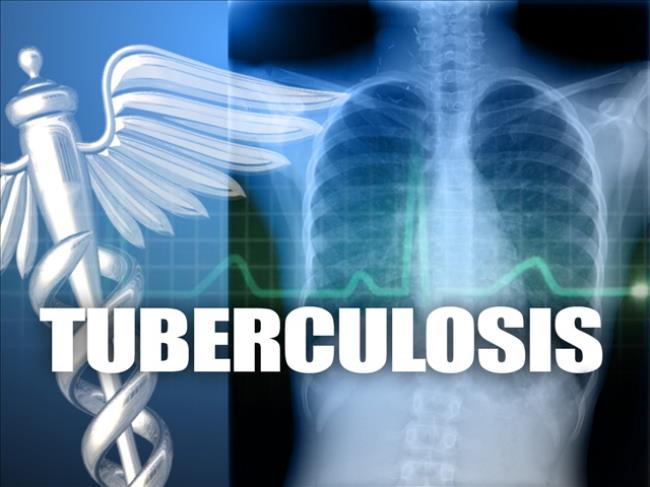Each year, World Tuberculosis (TB) Day is commemorated on March 24 to raise public awareness about the devastating health, social and economic consequences of the disease, and to step up efforts to end the global tuberculosis epidemic. The date marks the day in 1882 when Dr. Robert Koch discovered the bacterium that causes tuberculosis, which opened the way towards diagnosing and curing the disease.
The theme for this year is “Invest to End Tuberculosis to Save Lives”. It conveys the urgent need to invest resources to ramp up the fight against tuberculosis and achieve the commitment to end the ailment.
Tuberculosis remains one of the world’s deadliest infectious killers. Each day, over 4,100 people lose their lives to tuberculosis and close to 28,000 people fall ill with this preventable and curable disease. Global efforts to combat tuberculosis have saved an estimated 66 million lives since the year 2000. However, the COVID-19 pandemic has reversed years of progress made in the fight to end tuberculosis.
Before this millennium, Tuberculosis was the leading cause of death in the world; now it is eighteenth. The change in status is due to the discovery of remedies and modern preventive measures. Presently, most other diseases have likewise decreased in incidence and severity for similar reasons.
The general decline leaves tuberculosis still at the top of the list as one of the leading causes of death among infectious diseases. However, physicians already have the tools with which to eliminate the disease.
Tuberculosis is generally thought of as a disease of the lungs, but from a pulmonary focus, it may attack almost any part of the body. It is contracted by inhaling into the lungs bacteria that have been coughed into the air by a person with advanced disease and therefore contagious. Once the bacteria are inhaled, the body defenses are usually capable of isolating them into small areas within the tissues, thereby preventing any significant destruction or disease.
Tuberculosis germs are passed from person to person in numerous ways. Careless people spit on the floor, in public places or on walks or paths. The germs may be in their sputum. Mixed with dust, some of these germs may be blown about and breathed in by the passerby or be carried into homes or shoes. Children play in such places, soil their hands with the playing materials and later carry the germs to their mouths. Germs may be left on spoons, drinking cups, whistles or pencils which may be taken into their mouths.
Furthermore, if a cow has tuberculosis, the germs may get into the milk. Also, if a person with tuberculosis handles milk, it may be contaminated. Far more important and dangerous is the direct contact of a person with another who has the disease.
A tuberculosis mother who kisses her baby on the mouth is almost sure to plant some of her germs in the body of her child. Unfortunately, other members of the household–grandmothers, uncle and, aunts, may have tuberculosis without their knowledge and how dangerous it is for them to kiss children.
The control of tuberculosis is through detection of individuals with the disease in order to render them non infections; detection of those who are infected, but have not yet developed the disease in order to prevent them from developing it and detection of uninfected person in order to prevent them from becoming infected by immunizing them with BCG.
Access to adequate health care is very pertinent to effective control of tuberculosis. Anambra state government must be commended for its radical approach to health issues in the state. The ultimate goal of the government is provision of adequate health services for the people.
All hands must be on deck to involve leaders to invest to end tuberculosis to save lives.









Comments are closed for this post.